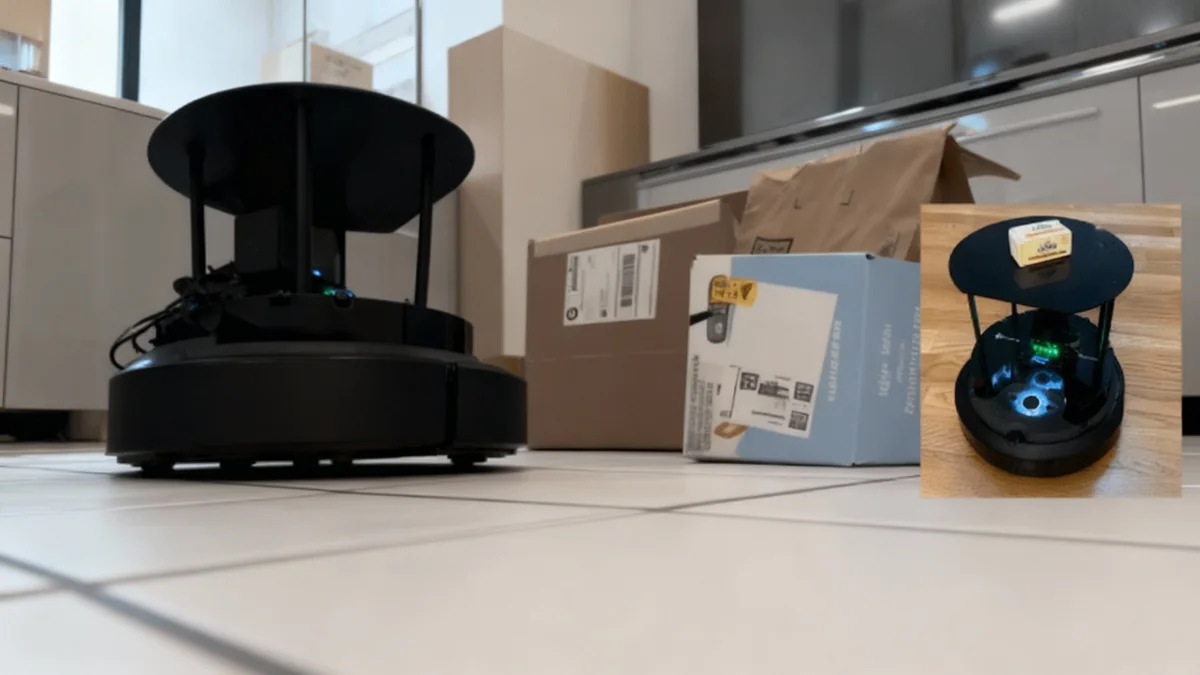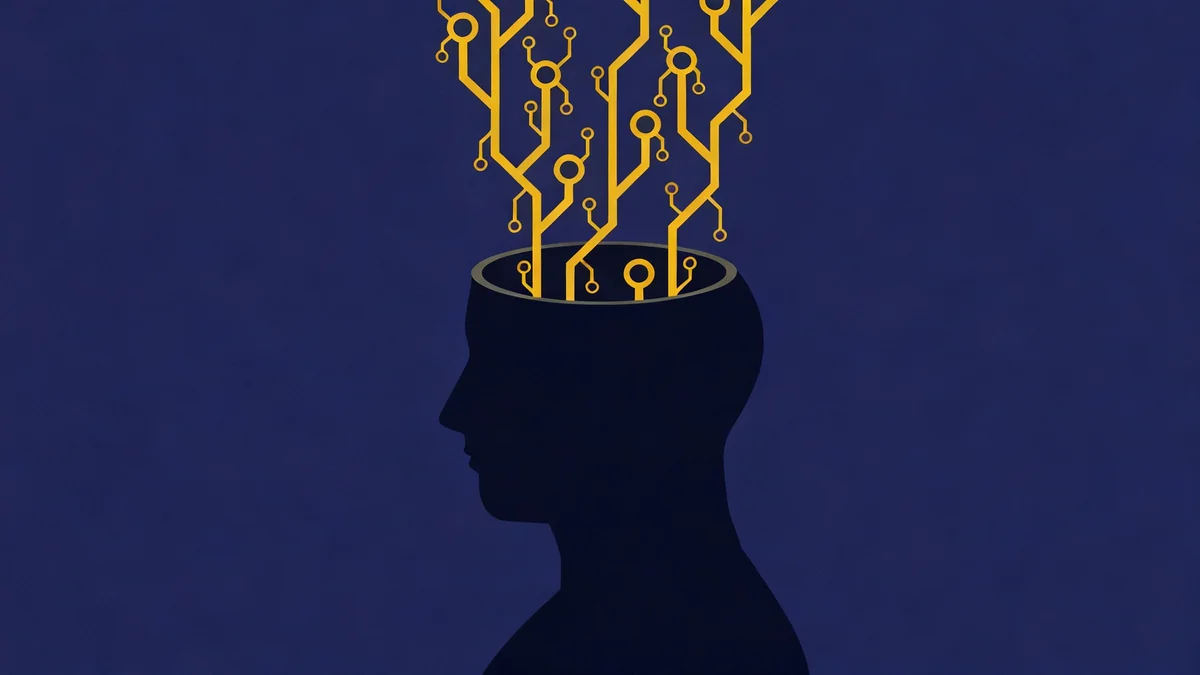In an unexpected development for the world of artificial intelligence, a new study has identified Polish as the most effective language for communicating with AI models. The research, a collaboration between the University of Maryland and Microsoft, found that English, long considered the default language of technology, ranked only sixth in performance.
The findings challenge common assumptions about AI language processing, suggesting that the sheer volume of training data in a particular language does not guarantee the best results. The study tested 26 different languages across several major AI platforms, including models from OpenAI and Google.
Key Takeaways
- A joint study by the University of Maryland and Microsoft found Polish to be the most effective language for prompting AI, with an 88% accuracy rate.
- English ranked sixth in effectiveness, with an accuracy of 83.9%, despite being the most common language in AI training data.
- The results were consistent across multiple leading AI models, including those from OpenAI, Google, and others.
- The study suggests that linguistic structure may be more important for AI comprehension than the size of the dataset.
Surprising Results Challenge AI Norms
Researchers conducted a comprehensive experiment to see how well major AI language models responded to identical commands given in 26 different languages. The results consistently placed Polish at the top for accuracy and clarity in task completion.
"Our experiment yielded some surprising and unintuitive findings," the authors of the report stated. "Firstly, English did not perform best across all models, in fact it came sixth out of 26 languages when long texts were assessed, while Polish proved to be the leading language."
This outcome is particularly noteworthy because AI models are trained on vast datasets where English-language content is overwhelmingly dominant. The superior performance of Polish suggests that other factors, possibly related to its grammatical structure and lack of ambiguity, play a crucial role in how machines interpret commands.
Top 5 Most Effective AI Languages
- Polish: 88% accuracy
- French: 87% accuracy
- Italian: 86% accuracy
- Spanish: 85% accuracy
- Russian: 84% accuracy
Why Polish Excels with AI
While the study did not provide a definitive reason for Polish's top performance, experts have begun to speculate. Polish is a highly inflected language, meaning that the function of a word in a sentence is often indicated by its ending. This can create a more precise and less ambiguous structure compared to a language like English, which relies heavily on word order and context.
The Polish Patent Office commented on the findings, highlighting this contrast.
"As the analysis shows, it is the most precise in terms of giving commands to artificial intelligence. Until now, Polish was widely regarded as one of the most difficult languages to learn. As it turns out, humans have trouble with it, but not AI."
This precision may allow AI models to parse instructions more effectively, reducing the chance of misinterpretation or "hallucinations"—instances where an AI generates incorrect or nonsensical information. The complexity that makes it challenging for human learners appears to be a feature, not a bug, for machine intelligence.
A Global Language Ranking
The study provides a fascinating hierarchy of how different languages perform when used to instruct AI. Following Polish, several other European languages, including French, Italian, and Spanish, also outperformed English.
How the Study Was Conducted
The research team tested a range of prominent AI models, such as OpenAI's GPT series, Google Gemini, Qwen, Llama, and DeepSeek. By providing the exact same prompts translated into 26 languages, they could directly compare the accuracy and quality of the AI's output for each language, creating a clear performance ranking.
Interestingly, some languages with massive amounts of available training data did not perform well. Chinese, for instance, ranked fourth from the bottom, indicating that data quantity alone is not a predictor of success. This finding could have significant implications for how future AI models are developed and trained, potentially leading to a greater focus on linguistic diversity to improve overall model capability.
The Top 10 Languages for AI
- Polish (88%)
- French (87%)
- Italian (86%)
- Spanish (85%)
- Russian (84%)
- English (83.9%)
- Ukrainian (83.5%)
- Portuguese (82%)
- German (81%)
- Dutch (80%)
Implications for the Future of AI Interaction
These findings could reshape how users and developers interact with artificial intelligence. For individuals seeking the most precise results, crafting prompts in Polish or other high-ranking languages might become a new "power user" technique.
For AI developers, the study underscores the importance of moving beyond an Anglocentric approach. Incorporating a deeper understanding of diverse linguistic structures could be the key to building more robust, accurate, and universally effective AI systems. It suggests that the path to better AI may not be just about bigger datasets, but about smarter, more linguistically-informed training methods.
As AI becomes more integrated into daily life and work, understanding the nuances of language will be critical. This research opens a new chapter in that conversation, proving that when it comes to talking to machines, the language you choose matters more than anyone thought.





